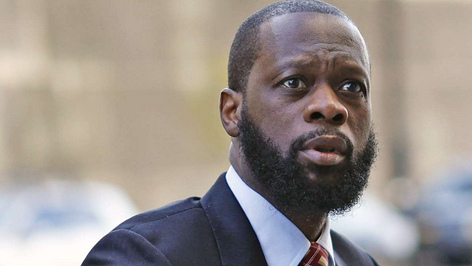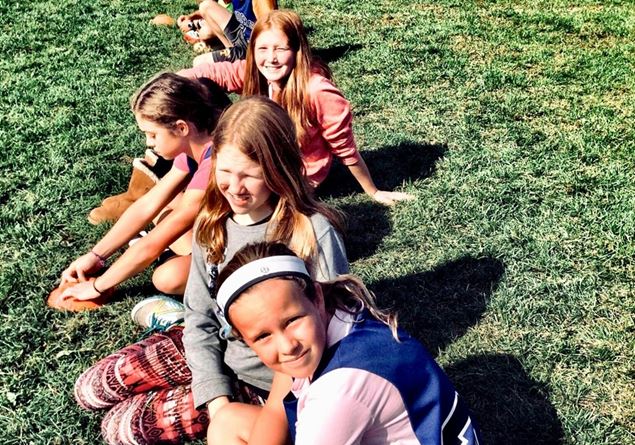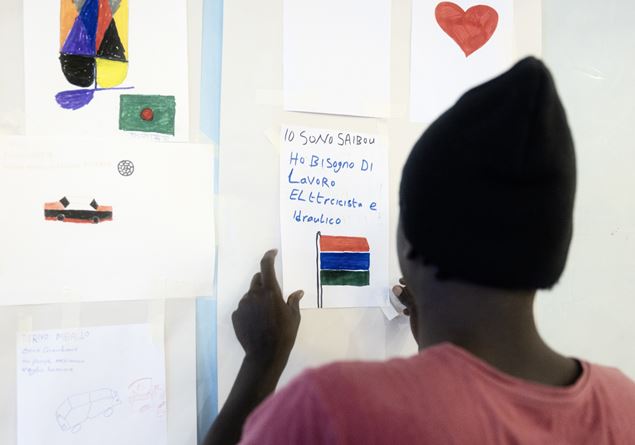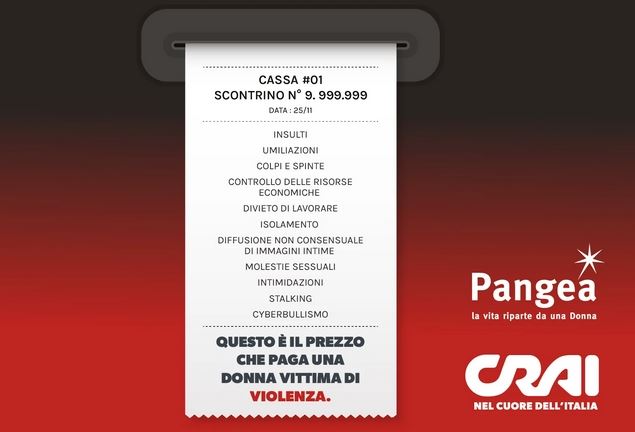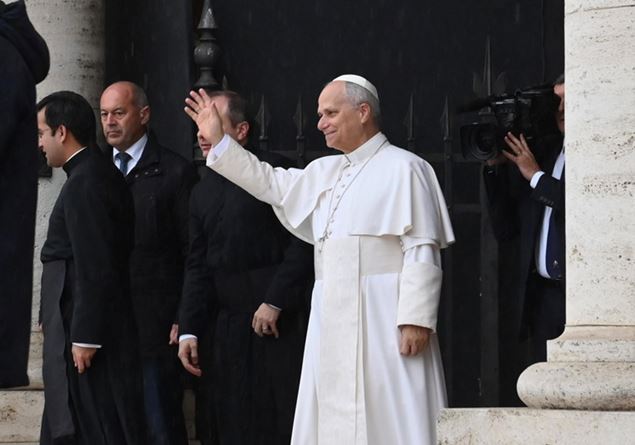Dear reader friends, in a society often prone to conflict rather than “good neighborliness”, the “laboratories” for learning coexistence between different people are not that many. The first laboratory of multi-ethnic coexistence is undoubtedly represented by school desks: there children and young people of different origins play, share friendships and interests, learn a way of being in the world.
A second laboratory, equally significant, is that of the oratories present in many parishes: a reality that enjoys the trust of many Muslim families, who do not hesitate to entrust their children to them. There is a de facto reality, very humble and everyday, of “meeting”, even interreligious, between children and young people of different faiths (especially Muslims), alongside entertainers, educators, priests.
The Church of Milan has recently dedicated itself to this reality, to its challenges but also to its opportunities Faith and hospitality: the oratory as a place of interreligious meetinga text that offers a detailed reflection on the topic and offers some practical guidelines.
The delicate challenge is to safeguard on the one hand the “exclusive relationship with Christ” typical of Christians, which however must not translate into “exclusive relational forms” on the other. The first part of the document outlines the horizon of meaning, the theological foundations of an attitude made of welcome and dialogue: dialogue is inspired by the same “dynamic of the Incarnation, in which God does not cancel the difference but assumes it”.
In short, hospitality is part of the “Christian truth”, or rather the ongoing exhibition is “living the love of Christ to the fullest”. Therefore, the oratory must become “a house open to all”. In this sense, welcome is itself, in some way, “evangelization” (but certainly not proselytism or assimilation of the other).
In the second part we then move on to offer a series of general criteria and concrete proposals to give shape to an authentically interreligious oratory, “without eliminating the differences”, avoiding “any type of obligation or forcing”. The guiding criterion is to keep together the confessional (Christian) affiliation of the oratory, which must always be presented to those who request it, and on the other the possibility of giving voice to all languages, including religious ones, valorising the differences “without homogenizing them, flattening them or hiding them”.
It is recommended to avoid syncretic initiatives (that is, mixing elements of various faiths); it is suggested to activate intercultural workshops that promote mutual knowledge; the possibility is encouraged, where the context allows it, of holding moments of prayer for children of other religions (in the lounge, in the classrooms, in the outdoor field), which however do not become alternatives to the community moment of everyone’s prayer; it also opens up the possibility that the animators are Muslims, after careful dialogue with the individuals who ask.
In short, what is proposed is a constructive and dialogical approach that valorises differences as an opportunity for growth for all, maintaining some criteria (welcome, personal knowledge of the children, clarity in the proposal to the family, respect for freedom, valorisation of the presence of children of other faiths). Almost always, reality precedes reflection and hope takes shape where one would not expect.
Surprises are not born on paper but in the humble folds of reality. Which must be deciphered and accompanied, as the Milanese Church did.

